cavum septum pellucidum

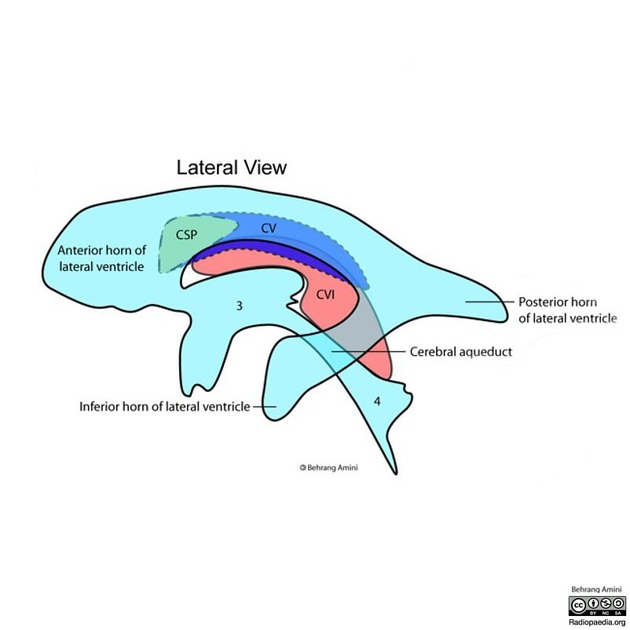

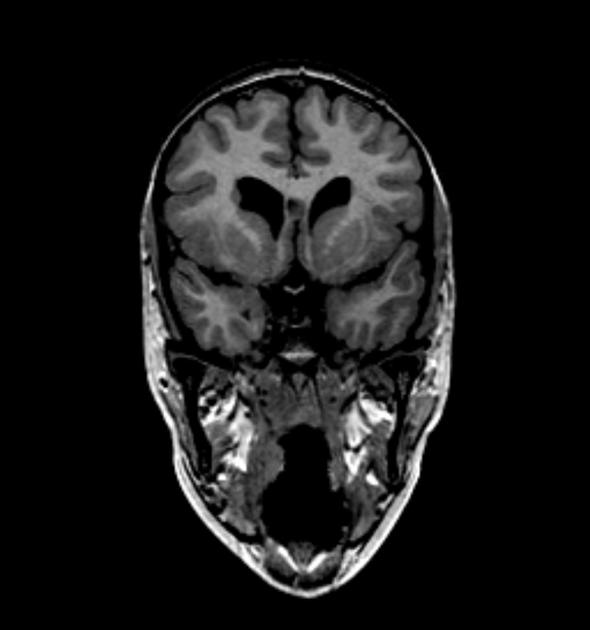



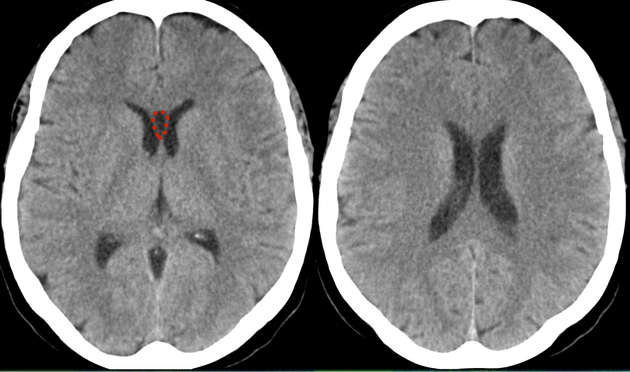
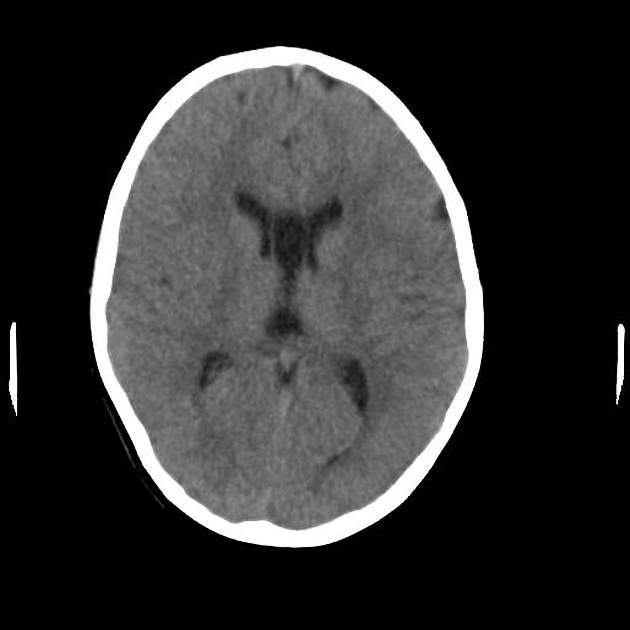
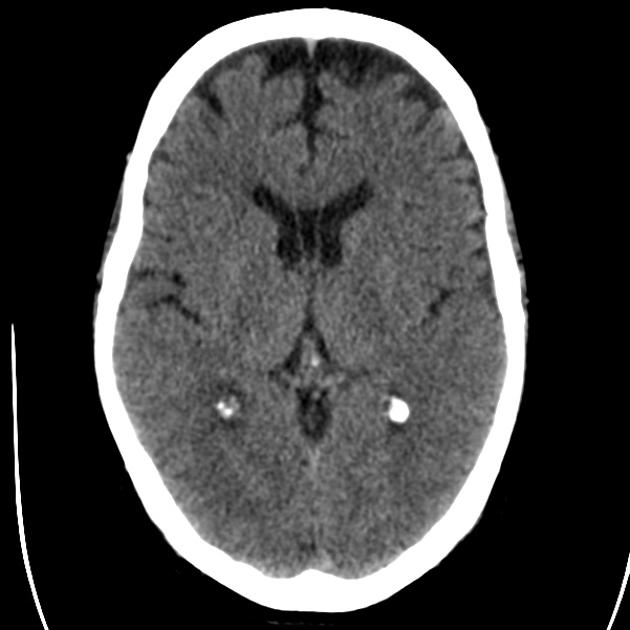
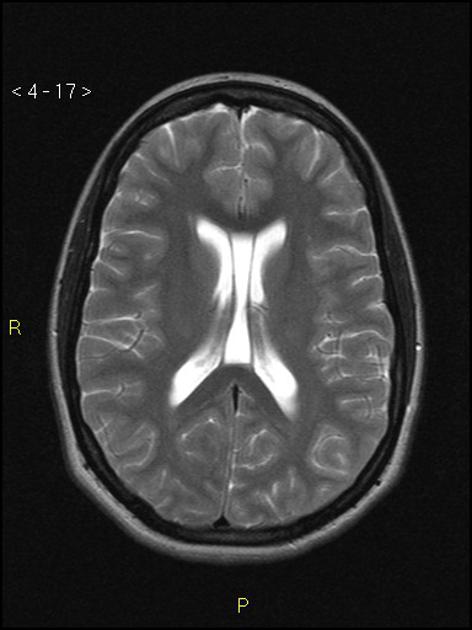
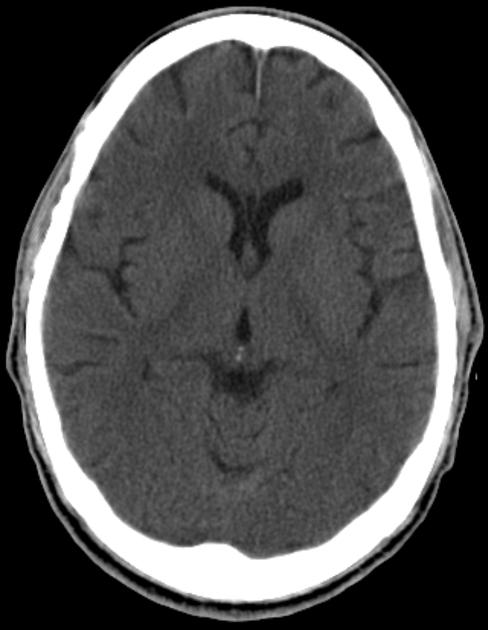
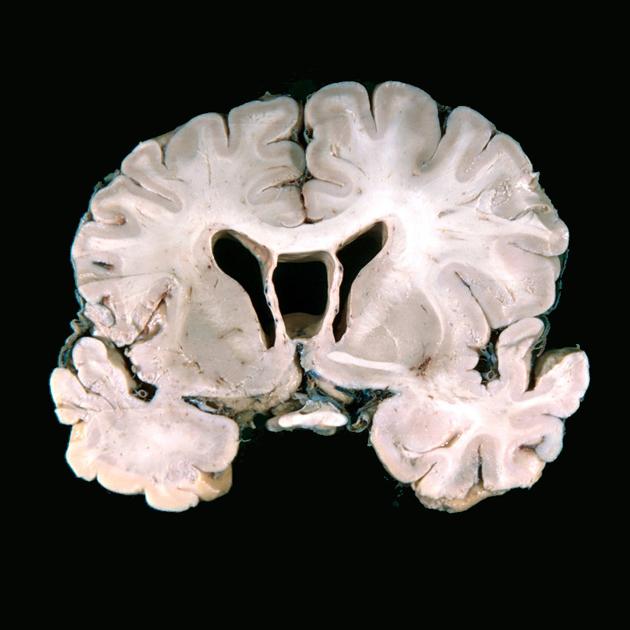








Cavum septum pellucidum (CSP) is a normal variant CSF space between the leaflets of the septum pellucidum.
Terminology
While the term "cavum septum pellucidum" is generally accepted, it is grammatically incorrect. Since it denotes a space (cavum meaning cave) of the septum pellucidum, the second part (septum pellucidum) should be in the genitive noun case, which would be inflected as cavum septi pellucidi. In its accepted misspelling as "cavum septum pellucidum" both "septum" and "pellucidum" are in fact used as adjectives of cavum. However, the term intends to refer to a space (cavum) that has persisted between the "septum pellucidum".
Historically it has also been called the fifth ventricle, but this use is now advised against as the cavum does not usually have any direct communication with the ventricular system.
Epidemiology
A cavum septum pellucidum is present in the normal fetus, but over 85% of them fuse by 3-6 months of age meaning that a cavum septum pellucidum persists in ~15% of the adult population.
Gross anatomy
The cavum septum pellucidum commonly occurs, and is often confused with the cavum vergae, which is situated posterior to the anterior columns of the fornix. During development, these spaces obliterate posteroanteriorly - the cavum vergae followed by the cavum septum pellucidum - and it is not uncommon that both occur together.
Boundaries
- anterior: genu of the corpus callosum
- superior: body of the corpus callosum
- posterior: anterior limb and pillars of the fornix
- inferior: anterior commissure and the rostrum of the corpus callosum
- lateral: leaflets of the septum pellucidum
History and etymology
Cavum septum pellucidum is a Latin term deriving from, 'cavum' meaning 'space', 'septum' meaning 'fence', and therefore a dividing structure, and 'pellucidus' meaning 'transparent'.
Related pathology
It has been loosely associated with :
- schizophrenia
- post-traumatic stress disorder (PTSD)
- chronic traumatic encephalopathy, e.g. in boxers
However, an absent cavum septum pellucidum in antenatal imaging is a concerning feature and is associated with significant CNS anomalies .
Differential diagnosis
Siehe auch:
- Cavum septi pellucidi et vergae
- Balkenmangel
- Entwicklungsstörungen des Ventrikelsystems
- Cavum veli interpositi Zyste
und weiter:

 Assoziationen und Differentialdiagnosen zu Cavum septi pellucidi:
Assoziationen und Differentialdiagnosen zu Cavum septi pellucidi:
